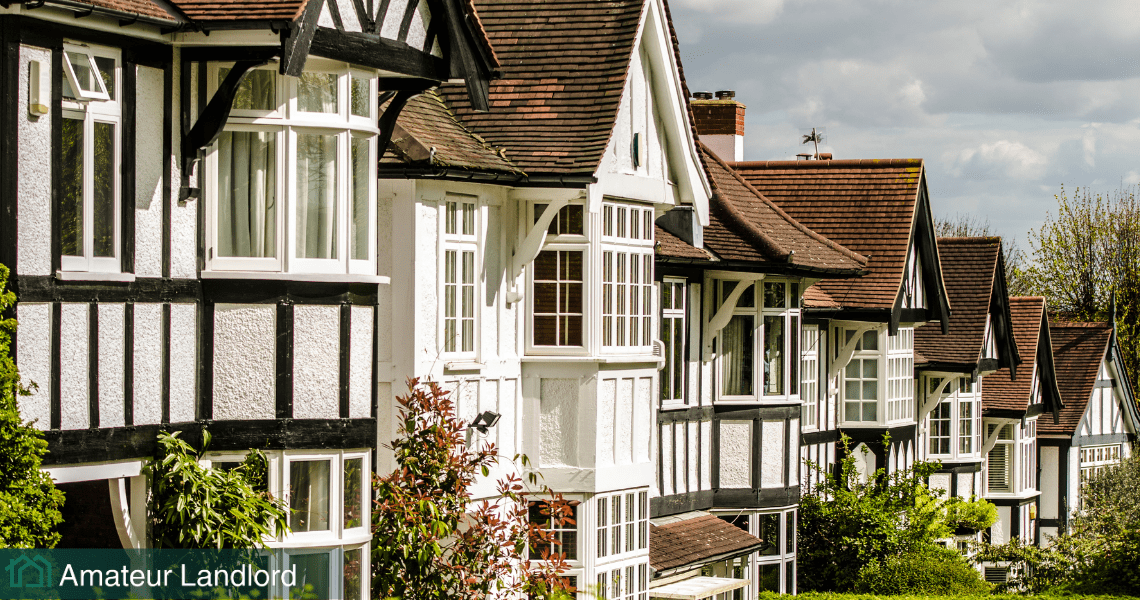Quick Navigation
- This article provides a step-by-step guide for calculating the market value, including finding comparable properties, adjusting for time using the UK House Price Index, and choosing the best comparable property.
Properties listed on house selling portals are advertised for their ‘asking prices’ which don’t accurately reflect the market value of the property. So we have to work out the real market values ourselves – this short guide teaches you exactly how to do this.
If you already understand the difference between market value and asking price, skip to the step-by-step instructions for calculating market value.
Understanding Market Value and Asking Price
Market Value – The market value of a property represents its true worth in the current market. It’s the amount a knowledgeable and willing buyer would pay under normal market conditions. Market value is a dynamic figure influenced by factors like location, property condition, recent sales of comparable properties, and market trends.
Asking Price – The asking price is the value at which a seller lists their property for sale. It’s a starting point for negotiations and may be influenced by the seller’s expectations, market trends, and desired profit margin.
Why Do Estate Agents Use Asking Prices?
Estate agents use asking prices, which lean higher than the property’s actual market value, to allow room for negotiations. Starting with a higher asking price gives sellers and estate agents more flexibility in property price negotiations.
The Key to Successful Investments
Calculating the Fair Market Value of a Property
Calculating the market value involves comparison of the property with similar properties in the area, known as comparables or “comps.” Here’s a step-by-step guide:
1. Find Comparable Properties
Identify recent sales of properties similar to the one you’re assessing. Similarities should include property type, size, condition, location, and features.
You can do this straight from the property listing, simply scroll down to the ‘Recent Sales’ section. Look at nearby properties that have sold – ensure that the property is the same type, size, condition, and location (within 0.2 miles) as the property you are considering. Note down the price and time of sale.
2. Adjust for Time
If you’ve found a comparable property that was sold a year ago, it’s very likely that the value has changed. We need to account for this so head over to the UK House Price Index:
- Search for the city/town in which the house is
- Filter by property type (e.g. terraced house)
- Set the start date to when the comparable property was sold
- Set the end date to the most recent month
- Divide its current value by the start value, multiple the figure by 100 and then subtract 100
- This will show you the percentage change in the property’s value. If it’s positive, it’s increased in value, whereas if it’s negative, it’s decreased in value. For example, a figure of 4.23 would mean the property has likely increased in value by 4.23%
Simply adjust the price of the house to account for this growth (or loss), so if it sold for £100,000, it would now likely be worth £104,230.
3. Which Comparable Property is Best?
If you have multiple comparables, each being the same size and type as your prospect property, always choose the one which is closest – ideally one on the same street.
The one exception for this rule being that if its calculated market value is significantly different to the others, I would class it as an anomaly and ignore it.
House Valuation Tools
There are tools available to assist in your calculations. One such tool is Lendlord’s House Value Estimator, which is integrated into their Deal Analyser (requires you to create a free account). While it’s a valuable resource, it’s essential to view the calculated value as supplementary to your research rather than a sole reference point.
Final Thoughts
Understanding the distinction between asking price and market value is vital for property investors. The market value, driven by factual data and market conditions, gives you a solid foundation for assessing property worth.
Calculating market value through finding comparative properties empowers you to make informed investment decisions. While tools like Lendlord’s House Value Estimator can aid your analysis, remember that they should only be used as a supplementary tool.

Victor Sterling
Hi, my name’s Victor - I’ve been investing in property for three years now, with my preferred strategies being buy-to-let, BRR and house flips. My goal with Amateur Landlord is simple - to provide beginners with easy-to-follow resources that simply weren’t around when I started, and to offer these for free and without ads.
Recommended Guides:
Recommended Tools:

